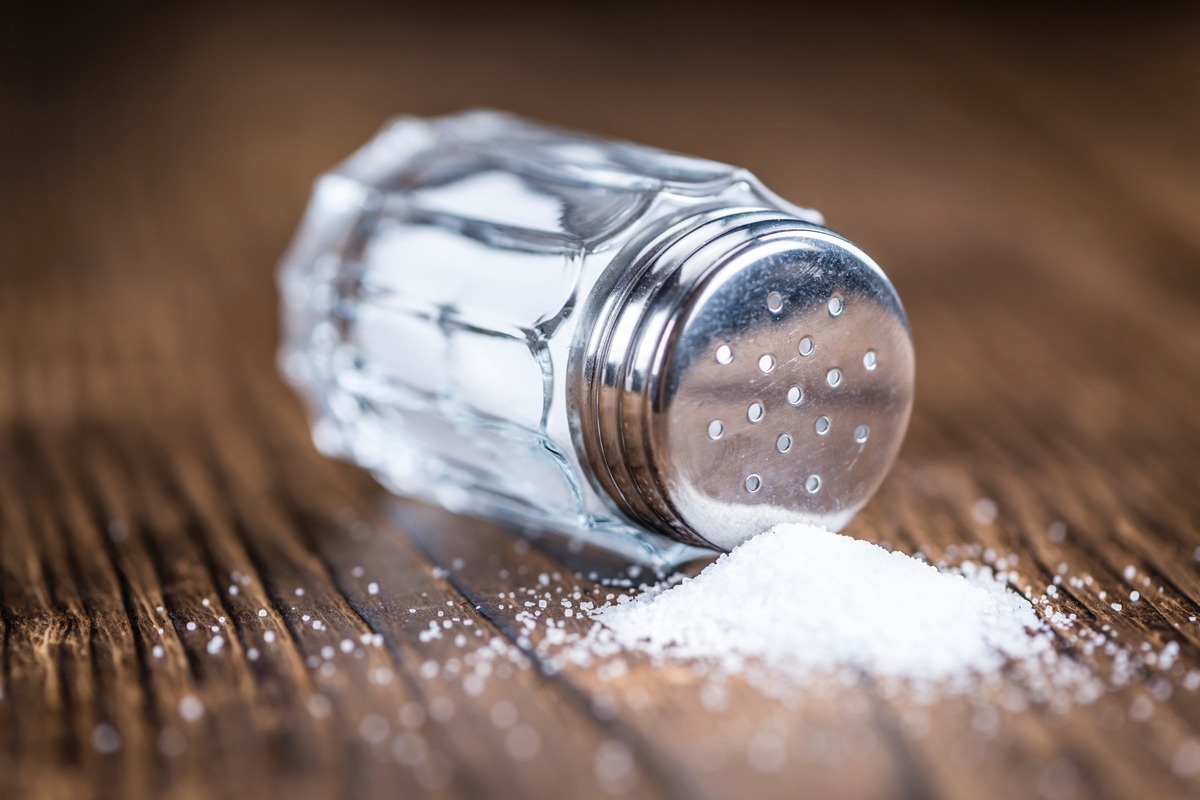What is the association between long-term salt usage behavior and risk of premature mortality?

In a recent study published in the European Heart Journal, researchers assessed the impact of increased salt consumption on life expectancy.

Background
The impact of dietary salt intake on human health has always been debated. Recent studies report that sodium intake was inversely related to the risk of all-cause mortality and thus positively associated with healthy life expectancy across 181 countries globally. On the other hand, previous studies have found contradictory results stating the negative association between sodium intake and mortality risk.
About the study
In the present study, researchers assessed the correlation between the number of times a person adds salts to foods and the risk of premature mortality.
In a population-based study called the UK Biobank study, the team recruited over 0.5 million individuals from 22 assessment centers across England, Scotland, and Wales between 2006 and 2010. Based on the availability of complete data, 501,379 individuals were eligible for the main analysis.
The participants answered a questionnaire at baseline asking them if they added salt to their foods. The individuals were required to answer the question by selecting one of the five options, including: (1) never/rarely, (2) sometimes, (3) usually, (4) always, and (5) prefer not to answer. The participants were also asked if they had made any dietary changes in the last five years, which were answered by choosing one of the five options: (1) no, (2) yes, because of illness, (3) yes, because of other reasons, and (4) prefer not to answer.
The team also obtained urinary samples from the participants at baseline. Potassium and sodium levels present in the samples were detected using the ion-selective electrode method. The team subsequently log-transformed the concentrations of urinary potassium and sodium to normalize data distribution. Furthermore, the 24-hour sodium excretion was evaluated based on the urinary concentrations using the gender-specific INTERSALT equations.
The eligible participants were further asked to complete the 24-hour dietary recalls conducted based on the Oxford WebQ from 2009 to 2012 which queried the persons about their consumption of over 200 food types and more than 30 drinks over the past 24 hours. Almost 189,266 participants had complete data on the number of times they added salt to their foods, dietary information, and realistic total energy intake.
The team obtained data related to the deaths and death dates and calculated the person-years at risk from the beginning of the study to the end of the follow-up period, date of death, or 14 February 2018, whichever occurred first. Mortalities that occurred before 75 years were termed premature. Furthermore, the team constructed a life table to estimate the life expectancy of eligible participants based on: (1) population mortality rates specific to the gender and age obtained from the Office for National Statistics, (2) the sex-specific hazard ratios (HRs) of all-cause mortality in each group for which the frequencies of adding salt to foods were identified as compared to the reference cohort, and (3) the prevalence of each gender based on the frequencies of adding salt to foods.
Results
The study results showed that participants with a higher frequency of adding salt to foods were likelier to be non-White, male, and have a higher body-mass index (BMI). Participants who added salt more often were also more likely to have cardiovascular diseases and diabetes but less likely to have hypertension and chronic kidney disease (CKD).
The team observed a graded association between a higher frequency of adding salt to foods and higher urinary sodium levels. Participants who never/rarely, sometimes, usually, and always add salt to their food had log-urinary sodium concentrations of 1.86, 1.90, 1.92, and 1.94 mmol/L, respectively. On the other hand, there was an inverse association between the frequency of salt addition and urinary potassium concentrations. Furthermore, the team found a substantial positive correlation between the frequency of salt added to foods and the evaluated 24-hour sodium excretion.
Among participants who never/rarely, sometimes, usually, and always add salt to their food, the HRs for all-cause premature mortality were 1, 1.02, 1.07, and 1.28, respectively. In the case of cause-specific mortality, a higher frequency of salt added to foods was remarkably correlated with the increased hazard of cancer mortality and cardiovascular disease mortality, but no such association was observed for respiratory mortality and dementia mortality.
The team also noted that 50-years older women who self-reported that they always added salt to their food had approximately 1.50 years less life expectancy. Men who always added salt had 2.28 years less life expectancy compared to their counterparts who rarely or never added salt to their foods.
Overall, the study findings showed that the higher frequency of adding salt to foods increased all-cause premature mortality and a decline in life expectancy.
- Ma, H. et al. (2022) "Adding salt to foods and hazard of premature mortality", European Heart Journal. doi: 10.1093/eurheartj/ehac208. https://academic.oup.com/eurheartj/advance-article/doi/10.1093/eurheartj/ehac208/6623278?login=false
Posted in: Medical Science News | Medical Research News
Tags: Cancer, Cardiovascular Disease, Chronic, Chronic Kidney Disease, Dementia, Diabetes, Electrode, Food, Frequency, Heart, Ion, Kidney, Kidney Disease, Life Expectancy, Mortality, Potassium, Respiratory, UK Biobank

Written by
Bhavana Kunkalikar
Bhavana Kunkalikar is a medical writer based in Goa, India. Her academic background is in Pharmaceutical sciences and she holds a Bachelor's degree in Pharmacy. Her educational background allowed her to foster an interest in anatomical and physiological sciences. Her college project work based on ‘The manifestations and causes of sickle cell anemia’ formed the stepping stone to a life-long fascination with human pathophysiology.
Source: Read Full Article